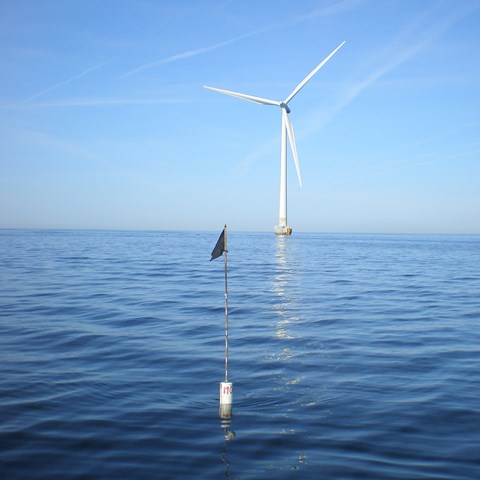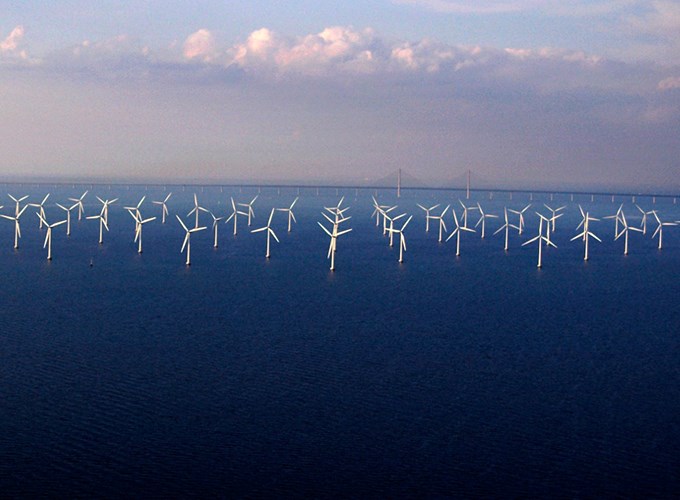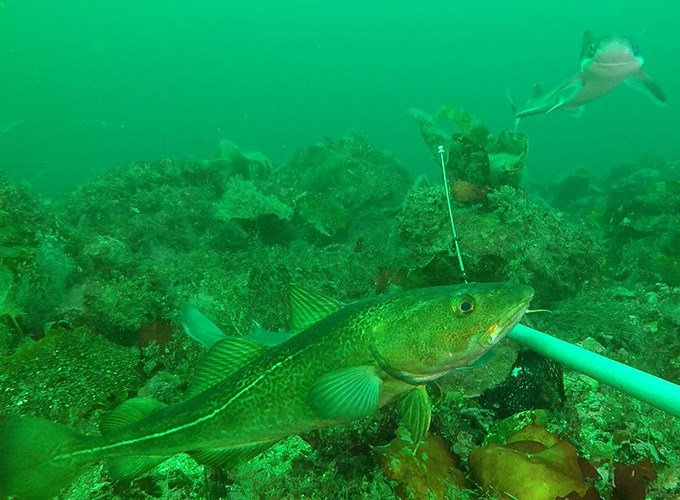The WIND4COCO project enhances knowledge about long-term and cumulative effects of offshore wind farms on fish and biodiversity, as well as about the potential for wind farms to coexist with nature conservation and fisheries.
The project combines field surveys, syntheses and dialogues with stakeholders.
WIND4COCO is funded by a research grant from the Swedish Environmental Protection Agency and by Vattenfall, and runs 2024-2027. Vattenfall also contributes time and expertise into facilitating the execution of the project within the Lillgrund wind farm.
The full name of the project is Wind farms in marine ecosystems - towards a sustainable expansion in coexistence with conservation and fisheries.
Field studies at Sweden's largest offshore wind farm – Lillgrund
The field surveys are carried out at the Lillgrund wind farm in the Sound (Öresund), which is the only larger wind farm in Sweden today. In the years around its establishment, in 2007, Lillgrund was associated with an extensive monitoring program to evaluate effects on fish.
WIND4COCO revisits some of these earlier studies to follow-up on how the area’s fish assemblages have developed over the longer term. This provides a unique opportunity to study long-term effects of offshore wind farms, which is currently a significant knowledge gap.
The ongoing vast expansion of off shore renewables enhances the demand for knowledge about potential ecosystem impacts. Gathering experiences from existing wind farms is a key issue. The Lillgrund wind farm is smaller and located shallower those that are now being planned. However, the research provides unique empirical data that in combination with results from other countries contribute to a sustainable design of new offshore wind farms and of their environmental monitoring programs.
Previous studies indicated reef effects
The previous studies at Lillgrund showed that certain fish species aggregated close to the turbines, indicating a reef effect. However, the total amount of fish in the wind farm area did not increase or decrease when compared with two reference areas.
These results show the importance of including reference areas for comparison, as well as of studying effects at different distances from the turbines.
Fish surveys and underwater video
WIND4COCO uses the same fish survey methods as in the previous studies, in order to evaluate long term effects. Additionally, baited underwater stereo-video systems are used in order to obtain more comprehensive biodiversity data.
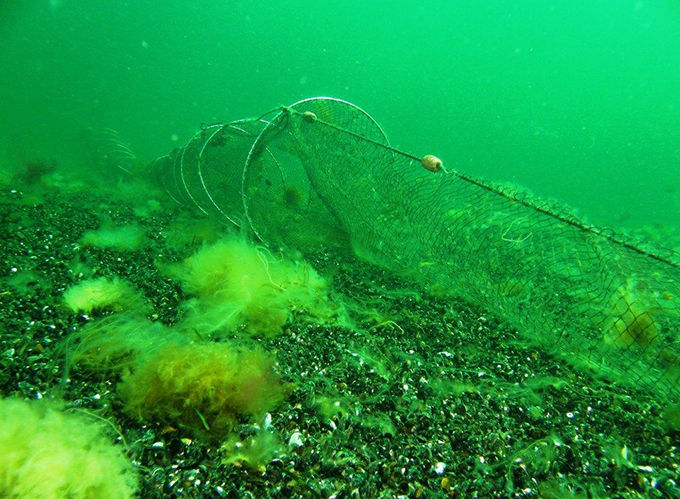
Fishing with fyke nets... (Photo: Mathias Andersson)
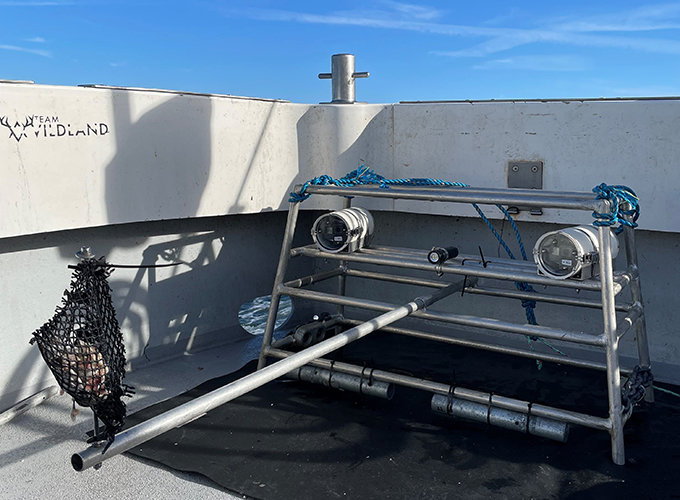
... and underwater stereo-video systems . Photo: Johanna Bergman
Evaluating the potential for selective fishing
The WIND4COCO project also investigates whether selective commercial fishing could be possible within offshore wind farms, and if the fishing sector could contribute to data collection in connection to monitoring programs.
Researchers test the use of selective fishing gear in a wind farm setting and evaluate the potential for fishing with fish traps and crayfish pots in offshore wind farms generally.
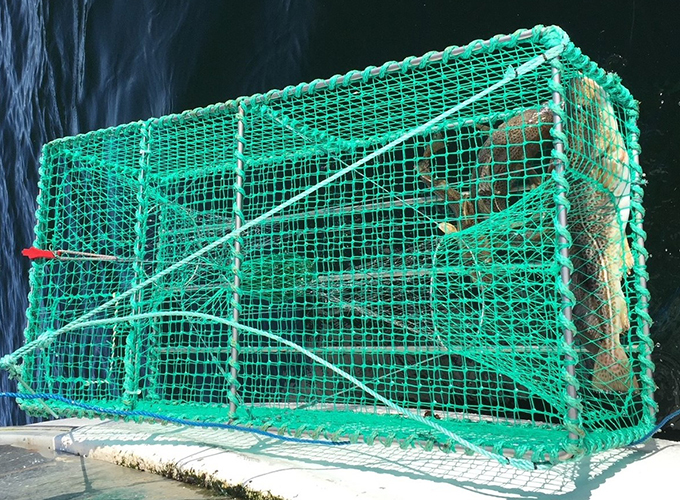
Fish trap. Photo: Peter Ljungberg
Stakeholder dialogues on coexistence
The project invites to three workshops with stakeholders. Two workshops focus on the coexistence of commercial fishing and wind farms (years 2025 and 2026). The third workshop (2026) focuses on environmental monitoring to support follow-up and incremental knowledge development as new wind farms are established.
